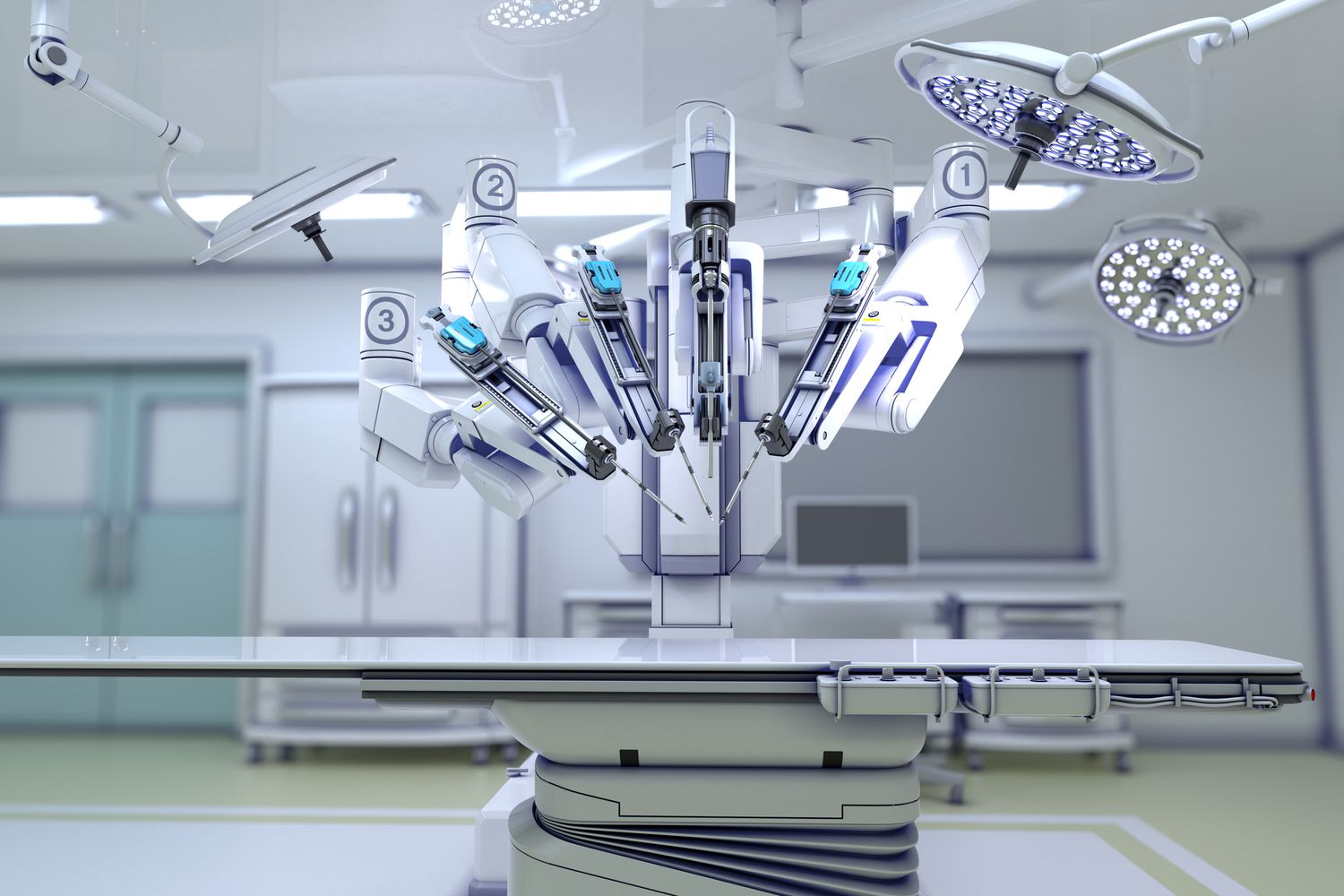Robotics Boasts Excellent Surgical Success & Flexibility


Robotic surgery, also known as robot-assisted surgery, has revolutionized the field of surgical procedures by offering increased precision, flexibility, and control compared to conventional techniques. Typically associated with minimally invasive surgery, robotic surgery utilizes a system consisting of a camera arm and mechanical arms with surgical instruments attached, all controlled by the surgeon seated at a computer console. This setup provides high-definition, magnified, 3D views of the surgical site, enhancing the surgeon’s ability to perform delicate and complex procedures.
Minimally invasive surgery is now the standard of care across various surgical specialties. Introduced four decades ago, Laparoscopy changed our approach and outcome in surgical patients. Robotic surgery introduced two decades ago, was the next step in the evolution of minimally invasive surgery.
Now, the time has come when a surgeon avoids leaving anything on chance. Advanced, stable, and predictable robotic surgery can ensure success in each case.
The primary motivation for opting for robotic surgery is the enhanced precision, flexibility, and control it offers to surgeons during operations. This advancement enables them to better visualize the surgical site and perform procedures that may be difficult or impossible with traditional methods. Additionally, robotic surgery often facilitates minimally invasive procedures, which come with several benefits for patients, including fewer complications such as surgical site infections, reduced pain and blood loss, shorter hospital stays, quicker recovery times, and smaller, less noticeable scars. It is widely admitted that robotic surgery is safe, with minimal risks compared to traditional open surgery. The precision and minimally invasive nature of robotic procedures contribute to a lower risk of infection and other complications.
In India, the Da Vinci system is commonly used for robotic surgery across various specialties, including urology, gynecology, cardiothoracic, and general surgery. In urology, robotic surgery has emerged as a significant advancement, offering several advantages over open or laparoscopic procedures. These advantages include reduced blood loss, decreased patient discomfort, minimized use of painkillers, shorter hospital stays, and faster healing times. Urological surgeries commonly performed using robotic technology include robotic prostatectomy, robotic cystectomy, robotic partial nephrectomy, robotic pyeloplasty, and other procedures such as nephroureterectomy, adrenalectomy, ureteric reimplantation, and kidney transplantation.
Even in the case of frequently performed non-cancerous gastrointestinal surgery like cholecystectomy gall bladder removal or hernia, innumerable challenges can be countered including some very serious injuries, which may result in longer hospital stays or life-threatening situations. Robotic surgery filters out the struggle happening at the surgeon’s end while ensuring smooth outcomes with ultimate safety for the patients.
Our understanding of robotic surgery benefits originated from cancer patients in uro-surgery and onco-surgery. Today non-cancerous surgeries deserve and demand equal precision and safety. Prevention of complications and quick recovery are the new points. Due to the sheer number, improvement of outcomes in benign surgeries would translate into a large number of healthier and happier patients. While technology remains premium, the health insurance companies do understand and approve of such advanced technology.
At Narayana Health, we also offer robotic-assisted procedures for various gastrointestinal conditions. Our robotic surgery program boasts an experienced team specializing in using the da Vinci surgical system for minimally invasive general surgeries. With the surgeon controlling robotic arms from a console while watching the operative field through a video camera, patients experience shorter recovery times, with most returning to normal activities within two to three weeks instead of the six to eight weeks typically associated with standard open surgery.
Constant innovation and development in the field of robotic surgery will result in lowering the cost with wider applications. As we complete 77 years of independence, India is leading globally with advancements in robotic surgery.
About the author- Dr. Forqan Babu Shaikh, Consultant – General, Robotic and Renal Transplant Surgery at Narayana Hospital – RN Tagore Hospital, Mukundapur, Kolkata
